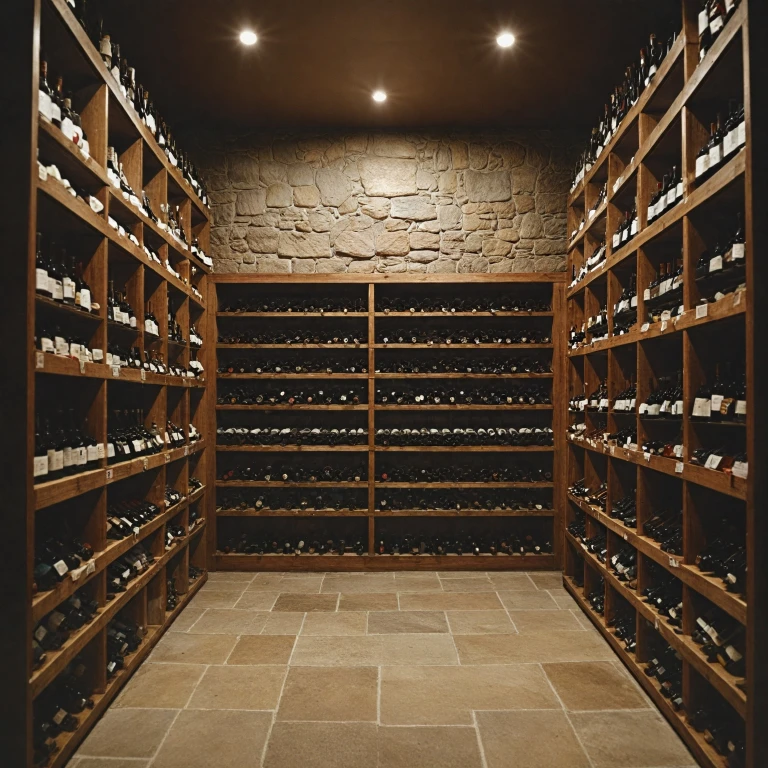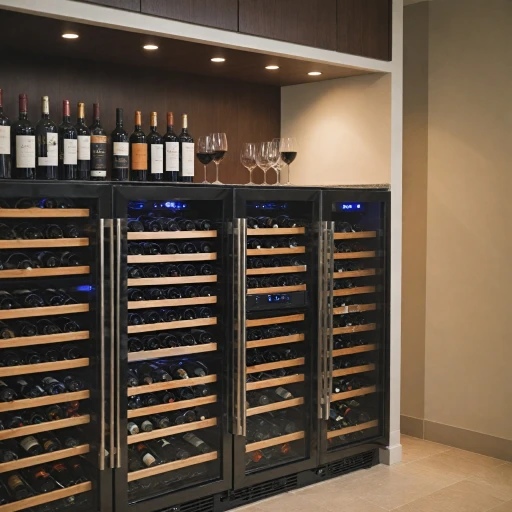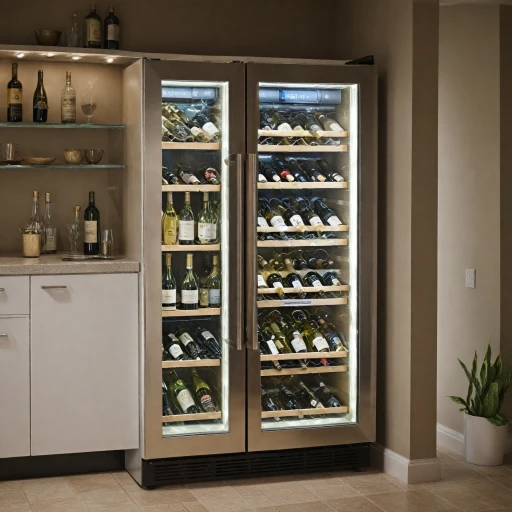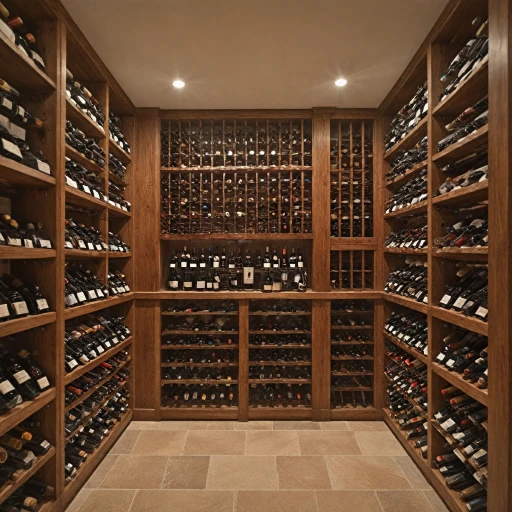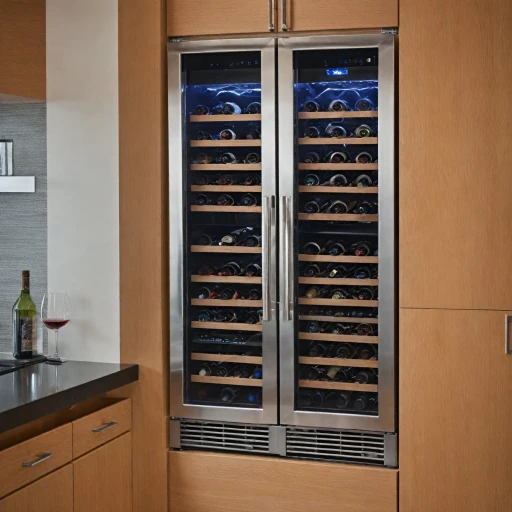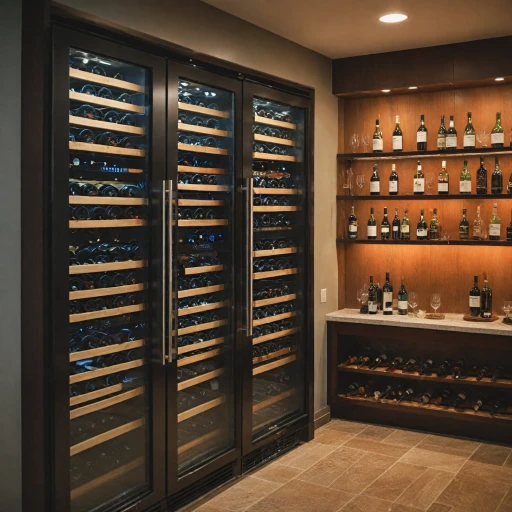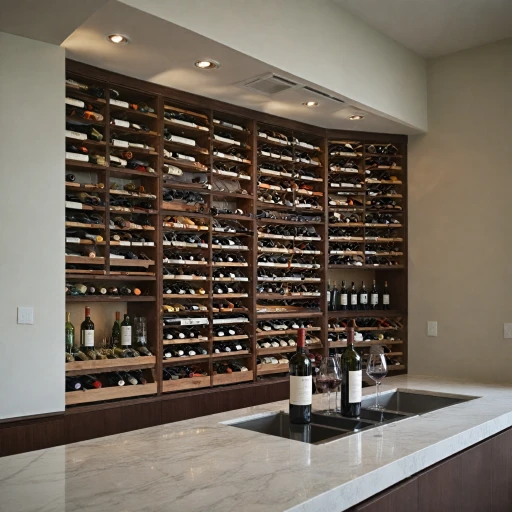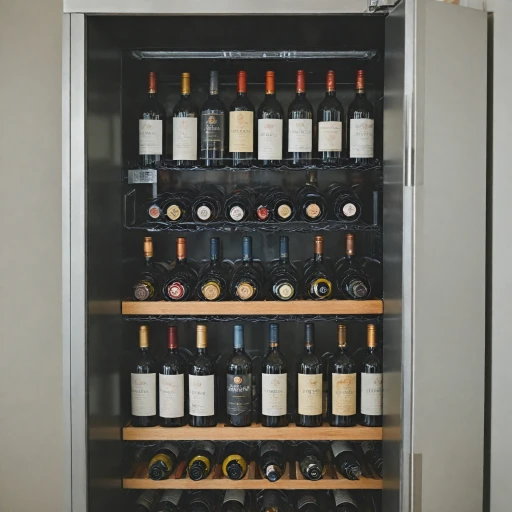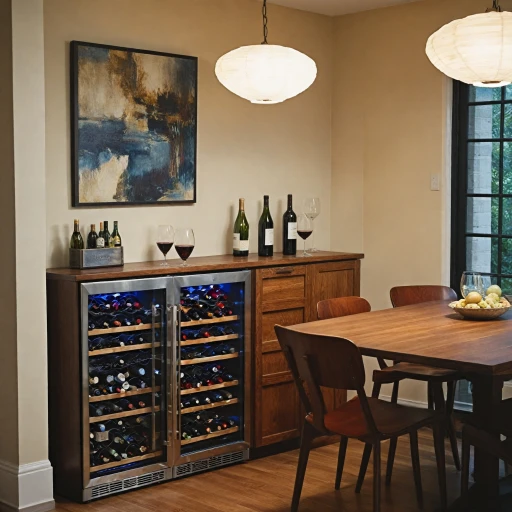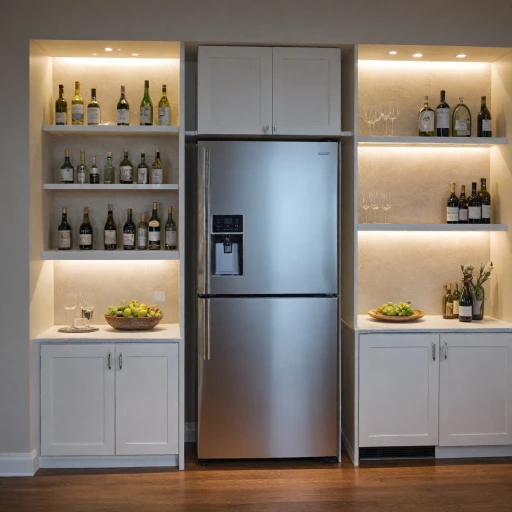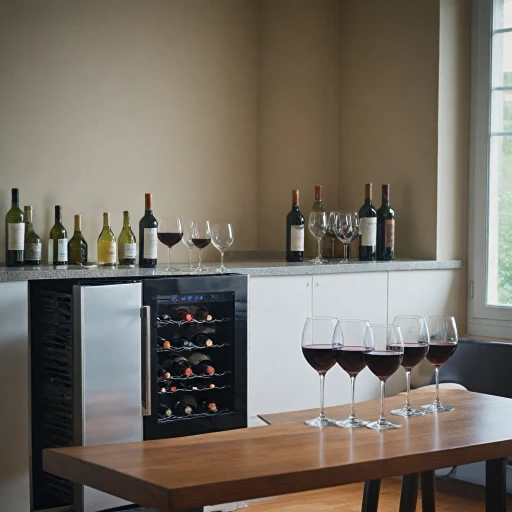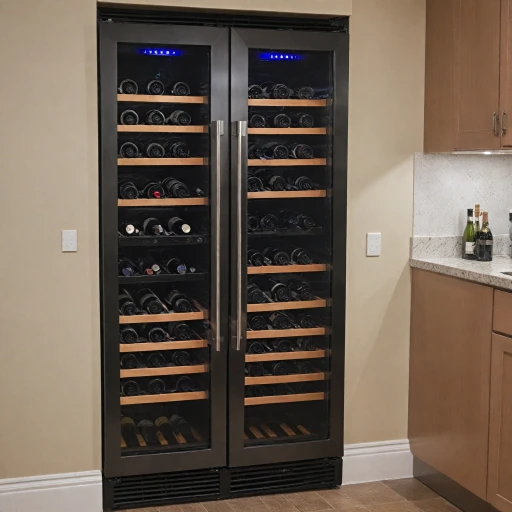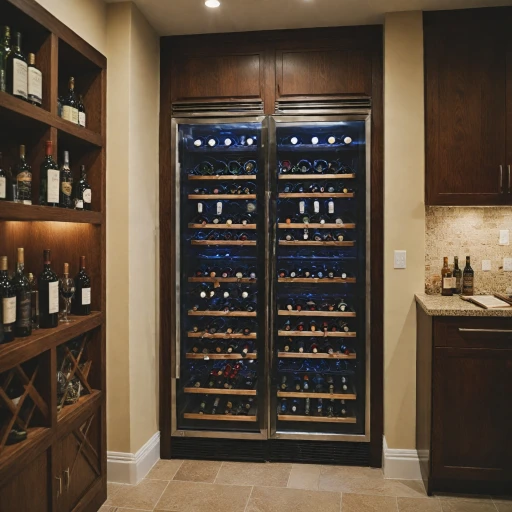
Understanding Wine Storage Temperature
Grasping the Essentials of Wine Storage Temperature
Properly storing wine involves understanding the optimal temperatures that contribute to preserving its taste and bouquet over the years. The right wine temperature mitigates unwanted chemical reactions that could spoil the character of your red and white wines.
Wine requires specific storage conditions to ensure it retains its quality for both short and long term periods. A wine's flavor profile is intricately linked to its storage temperature, making it crucial to store bottles at a constant degree that supports its unique requirements.
- Red Wines: Generally, red wines should be stored at approximately 55 degrees Fahrenheit, although this can vary slightly depending on the type of red.
- White Wines: Typically, white wines require a cooler storage environment, often around 45 to 50 degrees Fahrenheit.
- Long-term Storage: A stable environment avoids temperature fluctuations that may harm the wine over time. Maintaining a consistent degree of coolness is key.
To perfect wine storage, many wine enthusiasts utilize a wine cooler, which offers a consistent environment tailored to the precise needs of both red and white wines. Unlike a regular refrigerator, a wine fridge is designed to maintain the specific temperature zones that cater to different bottle types.
Finding the best storage temperature for your collection is essential and reinforces the idea of investing in a quality wine cellar or cooler. While certain factors such as humidity levels and cork conditions influence the storage atmosphere, prioritizing the appropriate temperature remains the foremost consideration in preserving wine's essence.
Factors Affecting Wine Storage Temp
Influences on Temperature Fluctuations
When assessing how to optimally store your wine, it's crucial to consider several factors that can affect the storage temperature. These factors can significantly influence the quality and longevity of your wine.
First, let's consider the type of wine: red and white wines have different temperature requirements. Red wines generally store best at temperatures ranging from 55 to 65 degrees Fahrenheit, while white wines are typically best kept between 45 and 50 degrees. To preserve the integrity of both types, understanding these differences is key.
Environmental Factors
The environment where you store your wines plays a huge role in maintaining the ideal temperature. Factors such as room temperature, humidity, and exposure to light can all cause fluctuations. Wine should be stored in a place that protects against these changes.
- Humidity: Keeping the humidity between 50-70% ensures that the corks do not dry out, preventing unnecessary wine spoilage.
- Light Exposure: Direct sunlight may heat the wine beyond its ideal storage temperature, which can cause chemical reactions and degrade the wine quality.
Installing a dedicated wine cooler or storing the wine in a wine cellar can mitigate these environmental impacts by keeping the temperature consistent and within the ideal range.
Benefits of a Wine Cooler
A wine cooler or a wine fridge is an essential investment for maintaining the proper storage temperature. These devices offer a controlled environment specifically designed for wine storage, accounting for aspects like humidity and continuous temperature regulation.
Dual zone wine coolers are especially beneficial if you are keen to store both red and white wines at their respective optimal temperatures. These coolers allow you to set separate temperature zones, which is essential for maintaining the unique qualities of each type of wine.
Common Mistakes in Wine Storage
Common Pitfalls in Wine Storage
Storing wine may seem straightforward, but there are several common mistakes that can affect the quality and longevity of your bottles. Understanding these pitfalls is crucial for anyone looking to preserve their collection effectively.
- Inconsistent Temperature: One of the most frequent errors is storing wine at fluctuating temperatures. Wine thrives in a stable environment, ideally between 45 and 65 degrees Fahrenheit. Variations can lead to chemical reactions that spoil the wine over time.
- Improper Humidity Levels: Maintaining the right humidity is essential. Too little humidity can dry out corks, allowing air to seep into the bottle, while too much can promote mold. A humidity-controlled wine fridge can help manage these levels effectively.
- Storing at Room Temperature: Many people make the mistake of storing wine at room temperature, which is often too warm for long-term storage. This can accelerate aging and spoil the wine.
- Ignoring Light Exposure: Light, especially sunlight, can degrade wine quality. It’s best to store wine in a dark place or a wine cooler with UV-protected glass.
- Incorrect Bottle Position: Storing bottles upright can cause the cork to dry out. Laying bottles on their side ensures the cork remains moist, preventing air from entering the bottle.
By avoiding these common mistakes, you can ensure that your wines are stored in optimal conditions, preserving their quality for years to come.
Choosing the Right Wine Cooler
Finding the Right Wine Cooler for Your Needs
When it comes to selecting a wine cooler, various factors come into play to ensure optimal wine storage and preservation. A well-chosen cooler will maintain the wine's quality for years, allowing you to enjoy red wines and white wines at their best. Here's a look at what to consider when choosing your wine cooler.
Firstly, consider the capacity you require. Think about how many bottles you need to store. If you're a casual collector, a smaller wine fridge might suffice. However, for enthusiasts looking to store wine long term, a larger wine cooler or even a wine cellar might be more suitable. Remember, overcrowding the cooler can affect the storage temperature.
Wine coolers come with different temperature zone options:
- Single Zone: Ideal for storing one type of wine, either all red or all white wines, at a consistent temperature.
- Dual Zone: Allows you to store both red and white wine at their respective optimal temperatures simultaneously. This feature is beneficial for collections of varying types since temperature variation can significantly influence wine stored long term.
Storage conditions such as humidity also play a critical role. Ensure your wine cooler maintains proper humidity levels to prevent the cork from drying out, which can allow air to seep in and spoil the wine.
Moreover, consider investing in a cooler with modern features like digital temperature controls for maintaining accurate degrees and ensuring the prevention of chemical reactions that can spoil the flavor. Over time, as the wine matures, having a reliable cooler ensures that you enjoy the outcomes of proper term storage.
Lastly, think about where you will place this wine cooler. Some models are designed as freestanding units, while others are intended for built-in installations within a kitchen or dedicated wine storage area.
By evaluating your storage needs, preferences, and available space, you can choose the best cooler to store your bottles effectively and enhance your wine experience.
Temperature Zones in Wine Coolers
Exploring Temperature Zones for Optimal Wine Storage
When it comes to storing wine, understanding the different temperature zones in wine coolers is crucial. These zones are designed to accommodate the varying storage needs of different types of wines, ensuring that each bottle maintains its quality over time.
Wine coolers often come with dual zone capabilities, allowing you to store both red and white wines at their ideal temperatures. Red wines typically thrive at a slightly warmer temperature, around 55 to 65 degrees Fahrenheit, while white wines are best stored at cooler temperatures, usually between 45 to 50 degrees Fahrenheit. This separation helps preserve the delicate balance of flavors and aromas in each type of wine.
For those who enjoy a diverse wine collection, investing in a dual zone wine cooler can be a game-changer. It allows you to maintain the perfect storage temperature for both red and white wines simultaneously, without compromising on quality. This is especially beneficial for long term storage, where maintaining consistent conditions is key to preventing unwanted chemical reactions that can spoil the wine.
In addition to temperature, it's important to consider humidity levels within your wine cooler. Proper humidity helps keep the corks from drying out, which can lead to oxidation and spoilage. A well-maintained wine cooler will have features to regulate both temperature and humidity, mimicking the conditions of a traditional wine cellar.
Ultimately, choosing the right wine cooler with the appropriate temperature zones will ensure that your wines are stored in the best possible conditions, preserving their quality and enhancing your overall wine experience for years to come.
